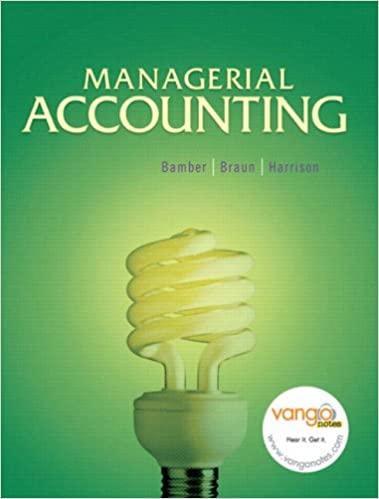Amortize Discount by Interest Method On the first day of its fiscal year, Ebert Company issued $23,000,000 of 5 -year, 12% bonds to finance its operations: Interest is payabie semiannually. The bonds were issued at a market (effective) interest rate of 13%, resulting in Ebert Company receiving cash of $22,173,375. The company uses the interest method. a. Journalize the entries to record the following: 1. Sale of the bonds. Round amounts to the nearest dollar. If an amount box does not require an entry, leave it blank. Focdback FCheck My Work As the discount or premium is amortized, the carrying amount of the bond changes. As a result, interest expense also changes each period. 2. First semiannual interest payment, Including amortization of discount. Round to the nearest dollar. If an amount box does not require an entry, leave it blank. 2. First semiannual interest payment, including amortization of discount. Round to the nearest dollar. If an amount box does not require an entry, leave it biank. Foodback Theck My Work 2. Cash recelved for issuance x semiannual market rate x time = interest expense (debit). Principai x semiannual contract rate x time = cash paid (credit). The discount amortized (credit) is the difference between the two amounts. 3. Second semiannual interest payment, including amortization of discount. Round to the nearest dollar. If an amount box does not require an entry, leave it blank. Feodonclik Thereck My woik Ac the discount or premium is amortized, the carcying amount of the bond chances. As a result, interest expense also changes each period. Compare the rate on the bonds and the market rate. Recall that if the market rate of interest is more than the contract rate of interest, the bonds will sell for less than their face amount, because investors are not. Wiling to pay the full face amount for bonds that pay a lower contract rate of interest than the rate thay could earn on similar borids (market ratc). c. Explain why the company was able to issue the bonds for only $22,173,375 rather than for the face amoumt of 523,000,000 The bonds sell for less than their face amount because the market rate of interest is the contract rate of interest Investors willing to pay the full face amount for bonds that pay a lower contract rate of interest than the rate they could earn on similar bonds (market rata)









